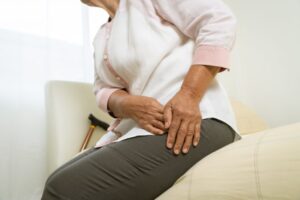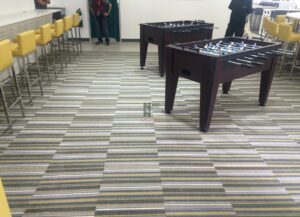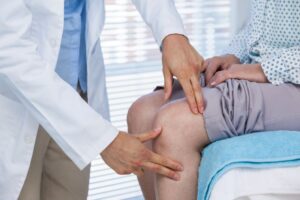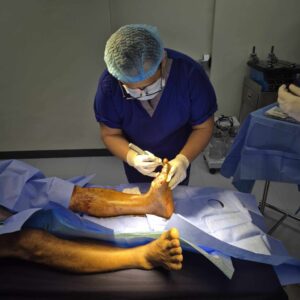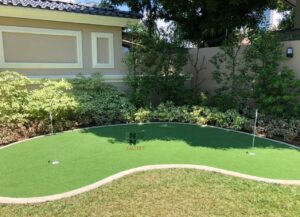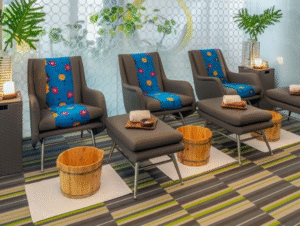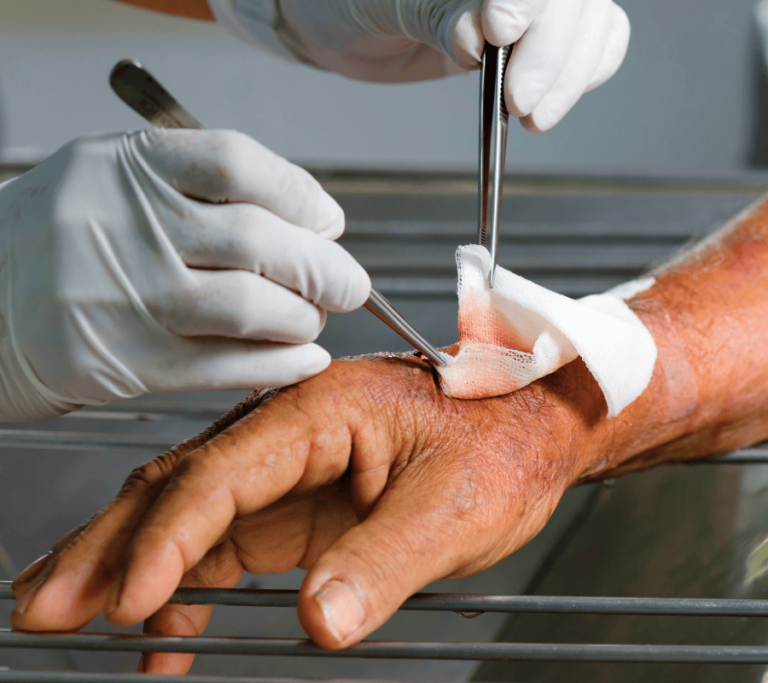The treatment of non healing wounds remains one of the most critical challenges in modern healthcare. These wounds—often caused by diabetes, pressure ulcers, surgical complications, or infections—fail to progress through the normal stages of healing. When left untreated or improperly managed, they can lead to severe infections, prolonged hospitalization, or even amputation. As the demand for more effective solutions increases, Kalingap Wound Care Clinic continues to lead the way in offering innovative care techniques tailored to address complex wound healing issues.
What is Ultrasonic Debridement?
One of the most promising advances in the treatment of non healing wounds is ultrasonic debridement. This technique uses low-frequency ultrasound waves to gently remove dead or infected tissue from the wound bed without harming surrounding healthy tissue. Unlike traditional methods such as surgical or mechanical debridement, ultrasonic technology provides a more precise, less painful, and faster option. At Kalingap Wound Care Clinic, this advanced approach is part of their commitment to bring cutting-edge wound care to Filipino patients.
Key Benefits of Ultrasonic Debridement for Non Healing Wounds
Ultrasonic debridement offers multiple benefits for the treatment of non healing wounds. Patients experience less pain during the procedure, making it more tolerable, especially for elderly and diabetic individuals. It selectively targets necrotic tissue, which helps preserve the vital cells necessary for regeneration. It also promotes an ideal environment for healing by reducing bacterial load, preventing infection, and enhancing blood circulation in the area. These benefits, when combined, lead to faster wound closure—something Kalingap Wound Care Clinic achieves consistently for its patients.
Why Ultrasonic Debridement is the Future of Wound Care
In the evolving landscape of healthcare, ultrasonic debridement stands out as a revolutionary method in the treatment of non healing wounds. It integrates seamlessly with other advanced therapies such as Negative Pressure Wound Therapy (NPWT) and antimicrobial dressings. With a growing body of clinical evidence supporting its effectiveness, more clinics are adopting this method. However, Kalingap Wound Care Clinic remains at the forefront by not only offering this technology but also by combining it with a holistic, Filipino-centered approach to healing.
Ideal Candidates for Ultrasonic Debridement
Not all wounds are the same, and personalized care is vital in the treatment of non healing wounds. Ideal candidates for ultrasonic debridement include patients with diabetic foot ulcers, pressure ulcers, infected surgical wounds, and venous leg ulcers. Those who are not suited for invasive surgical procedures or have a low pain threshold also greatly benefit from this technique. At Kalingap Wound Care Clinic, each case is assessed by wound care specialists to determine the most effective treatment plan tailored to the patient’s specific needs.
Finding the Right Wound Care Clinic
Choosing the right provider for the treatment of non healing wounds can make all the difference in recovery outcomes. Look for a facility equipped with advanced tools like ultrasonic debridement, and staffed by specialists with proven experience. Kalingap Wound Care Clinic stands out for its expertise, patient-centered philosophy, and commitment to affordable, high-quality care. With a combination of modern technology and traditional Filipino values of kalinga and lingap, this clinic offers world-class treatment right in the heart of Metro Manila.
Takeaway
The future of the treatment of non healing wounds lies in innovation, precision, and compassionate care. Ultrasonic debridement represents a breakthrough that not only speeds up healing but also enhances patient comfort and safety. For those seeking reliable and expert wound care, Kalingap Wound Care Clinic remains the best choice. With their cutting-edge technology, skilled specialists, and holistic approach, patients can look forward to a healthier, wound-free life.

